We reveal why organisations should embrace wellbeing programmes and build a culture of happiness and health where both employees and organisations can thrive.
Did you know that people will work an average of 84,171 hours in the course of their career? That’s over 9.6 years of working straight with no sleep and no breaks.
If people are spending the better part of their adult lives at work, then it makes sense that they want their time at work to contribute to their health and happiness.
And it makes business sense too. When employees feel healthy and well at work, employee engagement and organisational performance is enhanced.
Yet according to CIPD, only 2 out of 5 organisations have a stand-alone wellbeing strategy, with the rest acting on a flexibly ad hoc basis. And with results showing that stand-alone strategies tend to be more holistic and proactive, we need to ask: are we doing enough for employee wellbeing at work?
Wellbeing programmes can help to lower sickness absences and create higher levels of innovation and productivity.
It can also support you in attracting and retaining your top talent. Virgin Health Miles and Workforce Magazine found 87% of employees consider health and wellness packages when choosing an employer. And it’s becoming the norm for millennials and Gen Zers to actively seek out workplaces that support their wellness and health.
However, all wellbeing programmes are not made equal.
With start-up tech companies and corporate giants creating fancy wellbeing work trends like installing slides and bringing in everything from ping pong tables to free sweets in the lunchroom, it can be hard to figure out where to focus your efforts.
But you’ll be happy to know there are some simple and achievable actions you can take to really make a difference. Here are four inspiring ideas to add to your wellbeing strategy.
4 ways to improve wellbeing at work
Improve organisational communication
A compelling new insight from recent research suggests that effective internal communication may be the key to improved wellbeing for employees.
Through our independently commissioned research, we have discovered how organisational communication might be impacting many different aspects of the employee experience, including wellbeing.
For example, employees who rated their organisation’s communication to be ‘good’ or ‘very good’ experienced ‘performance’ related emotions significantly more than those who rated their organisation’s internal communication as ‘poor’ or very poor’.
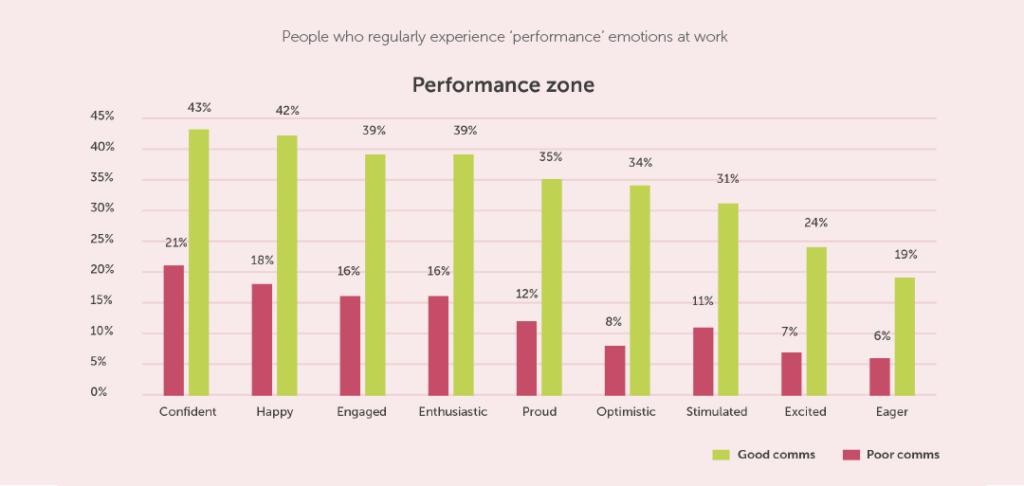
Likewise, employees in organisations with good internal communications experience emotions relating to burnout significantly less than those in organisations with poor internal communications.
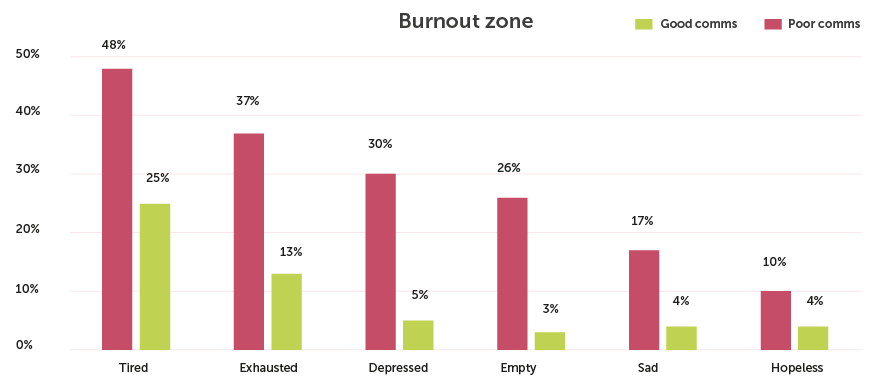
There’s an undeniable link between communication and employee wellbeing, so it’s worth looking at how improving the quality of communications in organisations might be better integrated into wellbeing strategies.
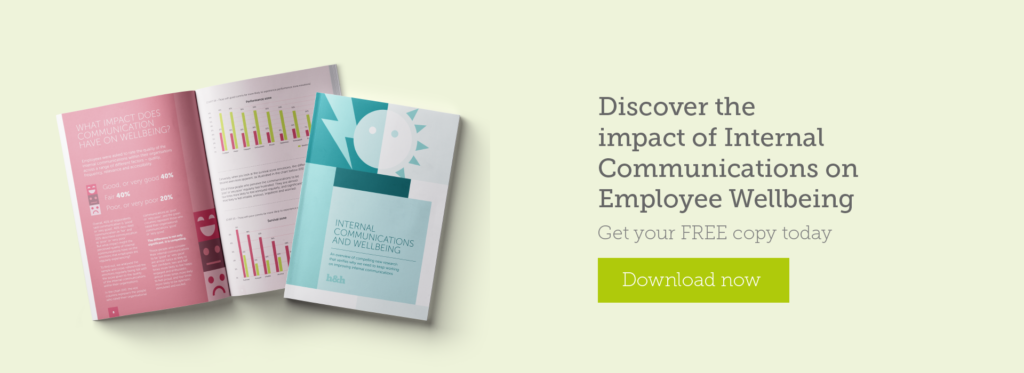
A culture of openness
Mental illness is often the elephant in the room when it comes to employee health and wellbeing.
But raising awareness and promoting honest, transparent communication around mental health and wellbeing can help to change a harmful culture into a more inclusive one.
And providing mental health training is one way organisations can help employees to open up the conversation.
Building employees’ capability in understanding and recognising mental health issues can help to ensure the topic is approached tactfully at work, and in itself, can be a great steppingstone to get people talking about mental health and supporting their peers.
There are many training courses and support systems around to overcome the taboo around mental health, from proactive mental wellness programs, to reactive mental health first aid training that supports those who are having mental health issues.
Innocent Smoothies is one company that’s putting this front and centre of their wellbeing programme.
Innocent Smoothies:
Innocent Drinks have won plenty of awards that showcase their dedication towards employees’ health and wellbeing. From flexible working and free nutritious breakfasts to gym memberships and yoga sessions, this organisation knows how to fire up their teams’ moods and energy levels for the day ahead.
But what really caught our eye was our fruity friend’s dedication to opening up the conversation around mental health. They have implemented not just one, but two training courses aimed at promoting better understanding of mental wellbeing, and run a weekly ‘People Clinic’ where people can talk confidentially to their people team about any issues they’re having in their work or personal life.
As well as making a mate out of mental health charity Mind, Innocent regularly ask Mind for advice and expertise to better support their people.
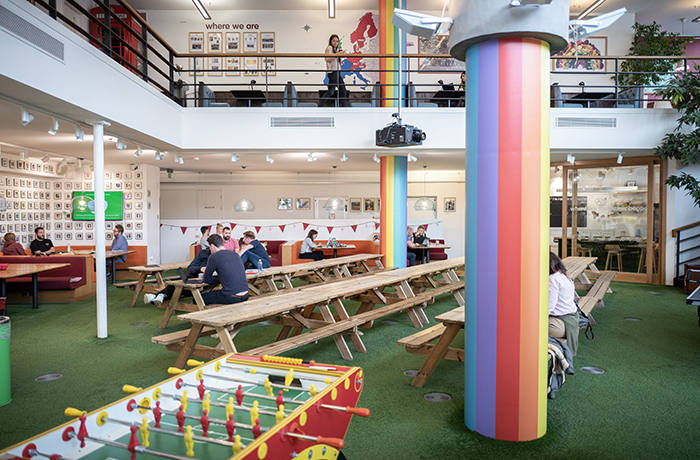
Work-life Satisfaction
Working long, rigid hours with no down-time can lead to stress and burnout, which impacts employee productivity, performance, creativity and morale.
Because of course, we’re not robots that can simply ‘switch on’ between 9 and 5. We’re humans with varying levels of energy and emotions on any given day.
And with 33% of employees regularly experiencing emotions relating to burnout, it’s clear that the way we’re currently working isn’t conducive to our very human needs.
To avoid employees falling into the burnout trap, it can be helpful to adopt a ‘smarter’ rather than ‘harder’ approach. And to achieve this, we need to steer away from buzzwords like ‘work-life balance.’
The term ‘work-life balance’ implies that one must be managed against the other as two separate things. That ‘work’ is chalk, and ‘life’ is cheese.
But isn’t work also life? After all, we do tend to spend more hours of the day with our colleagues than with our families and friends.
And if we work really hard, long hours, does that mean we need to balance this with just-as-strenuous hours ‘doing life’?
We prefer the term ‘work-life satisfaction.’ This concept doesn’t assume that these two elements need to counter each other – but rather that the work we do and the life we live gives us satisfaction.
And there are many ways we can create work-life satisfaction, with Google being an ultimate example of a company best utilising this concept.
Google: creating an environment for work-life satisfaction
Google has always invested significantly in creating an environment that empowers employees to integrate life and work.
Google offers their employees onsite health services, laundry services, fitness centres and free dining options, so that employees can flit between improving the online lives of society and looking after themselves whenever it suits – without having to break their state of flow just because it’s ‘time to leave work and do life.’
Google also provides learning opportunities for anything from cooking classes to coding degree programmes, and encourages its people to use a whopping 20% of their working hours to pursue their own personal projects.
Integrating work and life elements like this is a clever strategy on Google’s part, because it’s essentially squeezing every last drop of productivity from their employees by keeping them in a working environment for longer.
But because people are trusted and encouraged to make time at work for themselves (and their communities), they’re more inclined to give discretionary hours to their employer (and happily so).
Giving employees control over when they work allows them to respond to their ever-changing energy levels, personal commitments and even their commute. It avoids the dreaded ‘presenteeism’ and instead promotes a trusting environment focused on outcomes.
By empowering individuals to meet the expectations of their role in their own time, you’re giving them the chance to work when they’re most motivated and productive – boosting their chances of finding satisfaction in their work.
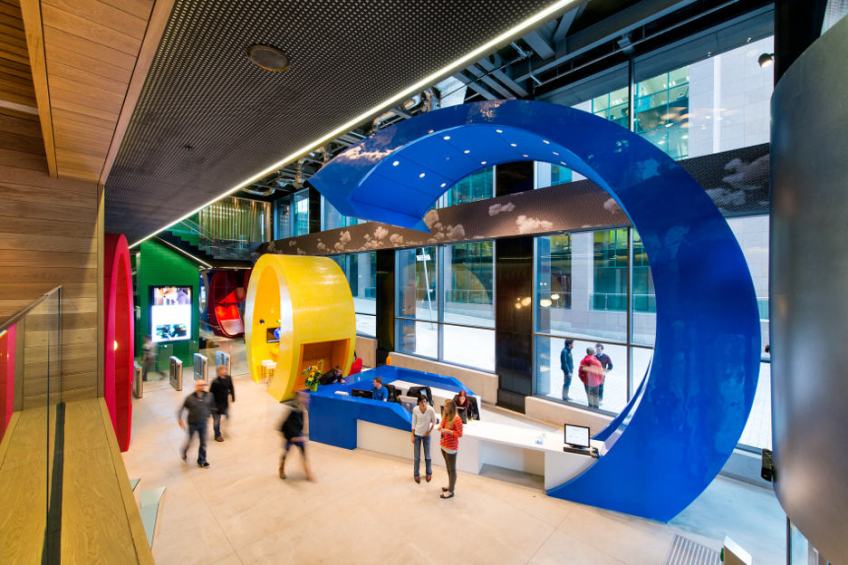
Social activities and relationships
Work relationships are considered to be incredibly important, with employees rating relationships with their colleagues as more important to their wellbeing than perks, their working environment or even flexible working.
Strong working relationships can help to foster effective collaboration, improve productivity levels and most importantly, increase our happiness.
The great news is that 91% of employees rate their co-workers positively, highlighting the value they place on their workplace relationships. The not-so-great news is that over a third of employees think their organisation’s efforts in team building is ‘poor’.
Fostering an environment for relationships to thrive is not only critical for employee wellbeing, but for productivity as well.
Ultimate Software: an environment for relationships to thrive
Ultimate Software has topped the charts of numerous Best Workplaces lists, and this fast-growing tech company is first to acknowledge that its ‘People First’ culture is at the core of their success.
Ultimate provides all the great benefits that support employee wellbeing like unlimited personal time off, fantastic pay and pension benefits to ensure financial wellbeing and a host of health, medical and personal services to make those daily personal tasks a little easier.
But what stands out most in Ultimate’s people strategy is the amount of focus and attention that’s given to fostering strong relationships between colleagues. You only have to visit their careers page to see the effort that’s gone into ensuring their people have multiple opportunities for meaningful moments with their co-workers.
Their physical spaces invite connection and conversation, such as their games-loaded common rooms, carefully crafted coffee hot-spots, and hot-lunch cafeterias.
Their three days of paid service for volunteering and giving means many of their employees band together outside of work for a good cause.
They even have specific programmes to ensure remote workers feel connected to their peers. This ranges from quick and simple strategies such as pairing up office regulars with remote employees for 30 minute ‘coffee and chats’ sessions, to slightly more whacky and innovative practices like using remote-controlled robots with iPads mounted on them to enable virtual workers to be more present and integrated in on-site meetings.
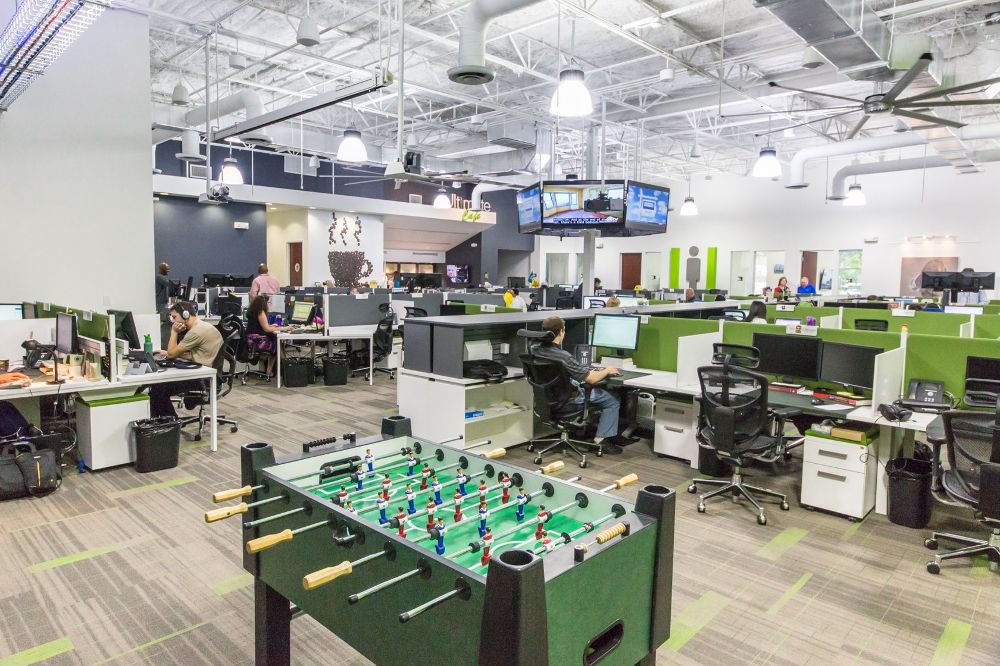
Inspired?
Whatever your budget or level of resource, there are ways you can help to inject a little more wellbeing into your people’s lives. And while a well-formed (and implemented) wellbeing strategy will get the best results for sustained employee health and happiness, smaller tactics done well – and given the right level of attention – can also make a difference.
Are you looking to improve the employee experience, but not sure where to start?
H&H can help you leverage your organisation’s internal communication to positively impact employee engagement and wellbeing.








